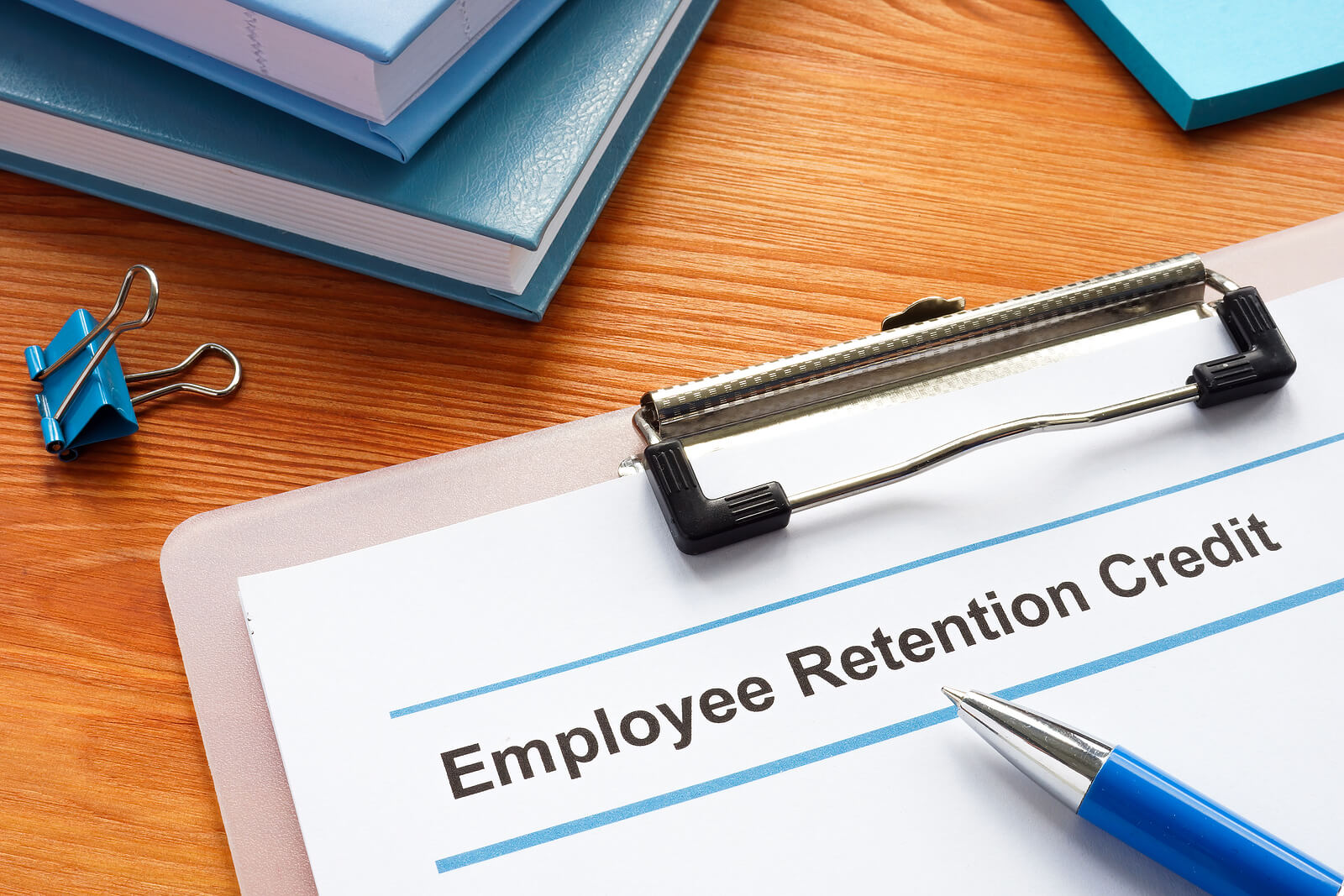
In March 2020, the U.S. government passed the CARES act — a bill designed to provide financial aid to millions of Americans and small businesses during the COVID-19 pandemic.
The two most notable programs to come from this bill were the Payment Protection Program (PPP) and the Employee Retention Credit (ERC), and at the time, many small businesses took advantage of these programs — the PPP, especially.
As roughly two years have come and gone since the CARES Act was first passed, many small business owners assume that the window for claiming these benefits has closed. But that is not the case!
In fact, your small business could be missing out on thousands of free dollars through the Employee Retention Credit, specifically.
Fortunately, there’s still time. The deadline for the Employee Retention Credit is April 15, 2025, so you can still reap the benefits of the program if you take action now.
Today, I want to share a little more about the ERC, what has changed since it was first passed, and how your business can qualify!
Why Aren’t More Small Businesses Taking Advantage of the Employee Retention Credit?
While a host of businesses applied for and received a PPP loan, the Employee Retention Credit has not gained nearly as much traction. There are a few reasons for this:
Many Business Owners Believe That You Can’t Get the PPP and the ERC
To start, many business owners believe that you can’t have both the Payment Protection Program loan and the Employee Retention Credit; and this was true when the CARES Act was first passed in March 2020.
Naturally, the majority of business owners opted for the PPP. After all, it meant that they would receive more money and it required less work. Not to mention, the PPP loan was forgivable.
In December 2020, however, the rules were changed so that eligible small businesses could receive benefits from both programs.
Many Business Owners Believe That the ERC Is a Loan
Another reason why many small business owners have neglected the ERC is that they believe it to be — like the PPP — a loan.
The Employee Retention Credit is not a loan, however. It’s a credit against Internal Revenue Service (IRS) taxes. In order words, you’re not required to pay the money back!
Many CPAs and Tax Preparers Aren’t Doing Them
The reality is that there are many CPAs and tax preparers who aren’t helping their clients claim the benefits of the ERC — largely because of the amount of work that it involves.
The numerous law changes mean that tax preparers must go back and amend 2020 and 2021 tax returns, often working the numbers so that their clients are able to reap the benefits of both the PPP and the ERC.
The Truth About the Employee Retention Credit
Now that we’ve dispelled some of the myths surrounding the Employee Retention Credit, as well as the reasons why small businesses have been missing out, here are some of the facts regarding the Employee Retention Credit:
Roughly 60–70% of Small Businesses Qualify
To date, program eligibility has been extended to certain government employers, as well as to small businesses that have already claimed PPP loan benefits.
How do you know whether you are eligible for the Employee Retention Credit? Simply put, your small business must meet at least one of two requirements.
The first is that your business must have experienced a full or partial shutdown during the COVID-19 government order. The second requirement is a significant decline in revenue. For 2020, you will need to demonstrate a 50% decline in one quarter compared to the same quarter in 2019. For 2021, you will need to demonstrate a 20% decline in one quarter compared to the same quarter in 2019.
You Could Miss Out on Thousands of Dollars If You Don’t Take Action
When the Employee Attention Credit program was first introduced, small businesses could claim up to 50% of the first $10,000 an employee earned for the year 2020.
As the program has evolved, however, employers can now retroactively claim up to 70% of the first $10,000 each employee earns per quarter — from Q1 of 2020 through Q3 of 2021. This equates to $28,000 per employee for 2020 and $21,000 per employee for 2021.
This means that your small business could save thousands of dollars come tax season. Don’t put it off any longer — get in touch with me or your local tax preparer today to help you claim the enormous benefits of this program!
